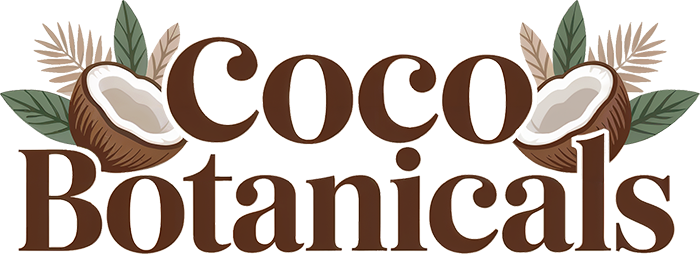Planning a trip to Maui can feel like a dream come true—turquoise waters, lush rainforests, and stunning volcanic landscapes. But with so much buzz about Hawaii, it’s easy to get swept up in misinformation. Whether it’s your first visit or one of many, separating fact from fiction will help ensure your family vacation is stress-free, safe, and unforgettable.
Myth #1: You Can See All of Maui in a Day
While Maui isn’t the biggest Hawaiian island, it’s incredibly diverse and spread out. From the luxury resorts of Wailea to the peaceful upcountry of Kula and the winding Road to Hana, each region deserves dedicated time. Squeezing everything into one day often leads to exhaustion and missed experiences. Aim for a week or more if you want to enjoy beaches, hikes, cultural sites, and local cuisine at a relaxed pace.
Myth #2: It’s Always Sunny and Warm
Hawaii generally has a temperate climate, but each region of Maui has its own microclimate. Lahaina is typically dry and sunny, while Hana and the Iao Valley experience frequent rain. Even during summer months, higher elevations like Haleakalā can get downright chilly. Pack layers, an umbrella, and definitely sunscreen—cloudy days still allow UV rays through, so don’t skip skin protection.
Myth #3: The Beaches Are All the Same
Hawaiian beaches offer more than just sand and water. Some are ideal for snorkeling, like Napili Bay; others are surfer hangouts, like Ho‘okipa Beach Park. Families with young children might prefer calm, protected waters like those at Baby Beach in Lahaina. Knowing which beach is suited to your family’s needs can make a huge difference.
Myth #4: Sunscreen Is Optional
This myth isn’t just misleading—it’s dangerous. The Hawaiian sun is intense, and sunburns can happen quickly, even in the shade. But not all sunscreens are created equal. Hawaii has banned certain chemical sunscreens to protect coral reefs, which are vital to marine life and the ecosystem. At Coco Botanicals, we specialize in reef-safe, mineral-based formulations that are not only eco-conscious but gentle on sensitive skin. Our products offer broad spectrum protection without harming the ocean your family is there to enjoy.
Myth #5: The Road to Hana Is Just a Scenic Drive
Yes, the Road to Hana is gorgeous, but calling it just a “drive” minimizes the experience. It’s an all-day adventure filled with waterfalls, local food stands, hidden beaches, and lush jungle hikes. The narrow, winding road has over 600 curves and 50 one-lane bridges, making it unsuitable for rushing. Plan ahead, download offline maps, and bring snacks. If your kids get car sick, consider breaking the trip into two days with an overnight stay in Hana.
Myth #6: Booking Excursions Last-Minute Is Cheaper
While spontaneous travel has its charm, Maui’s most popular activities—like snorkeling at Molokini Crater, whale watching (in winter), and sunrise at Haleakalā—often require reservations weeks in advance. Waiting too long can mean missing out altogether. Some attractions now require permits or timed-entry passes, especially post-COVID, so planning is more important than ever.
Myth #7: Hawaiian Culture Is Just for Luaus
Luaus are a fun way to experience local traditions, but they’re just the tip of the cultural iceberg. Maui offers opportunities to learn about native Hawaiian history, customs, and language through museums, historical parks, and cultural centers. Teaching your family to say simple Hawaiian phrases like “Aloha” and “Mahalo,” or understanding the significance of hula and ‘ohana, adds depth and meaning to your trip.
Myth #8: Locals Are Always Friendly to Tourists
Hawaiians are known for their warmth, but tourism has brought challenges, especially to small communities. Visitors are strongly encouraged to practice respectful tourism. This means staying on marked trails, not disturbing wildlife, supporting local businesses, and following guidance from signs or park staff. Modeling mindful behavior for your children fosters understanding and appreciation for the island and its people.
Final Thoughts
Maui is a magical place, offering lifelong memories for family travelers. But coming prepared—logistically, culturally, and environmentally—helps ensure a smoother experience for everyone. By busting these common myths, you’ll not only have a better vacation but also become a more respectful and informed traveler. Small actions, like using reef-safe sunscreen from Coco Botanicals, help protect the beauty and biodiversity that make Maui so special.
